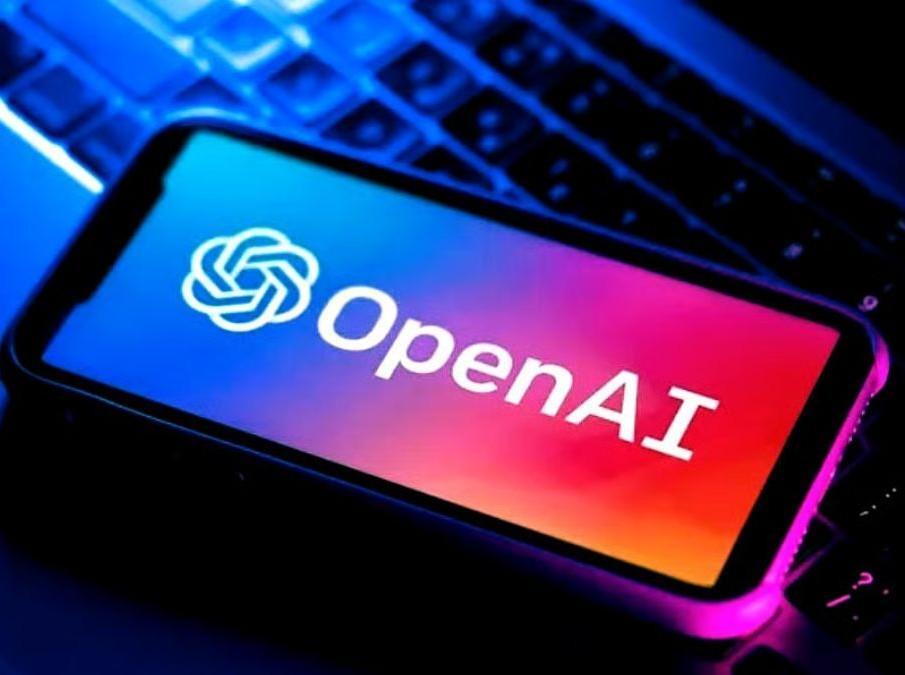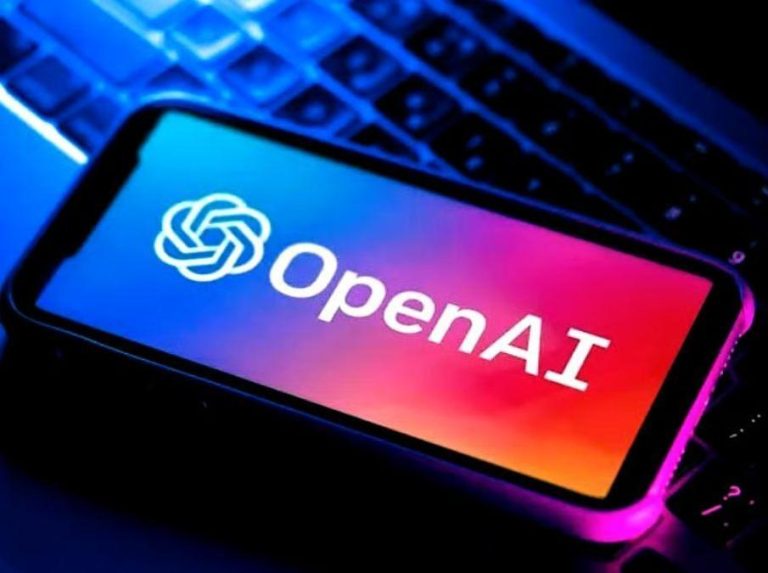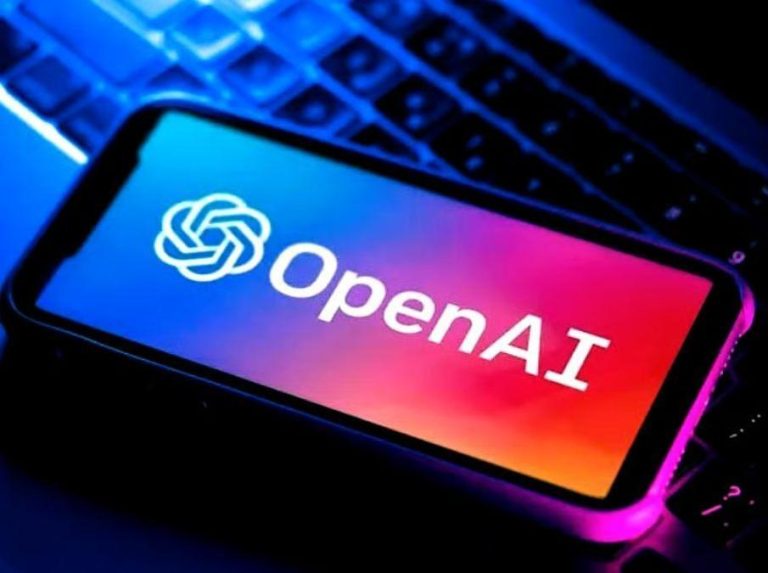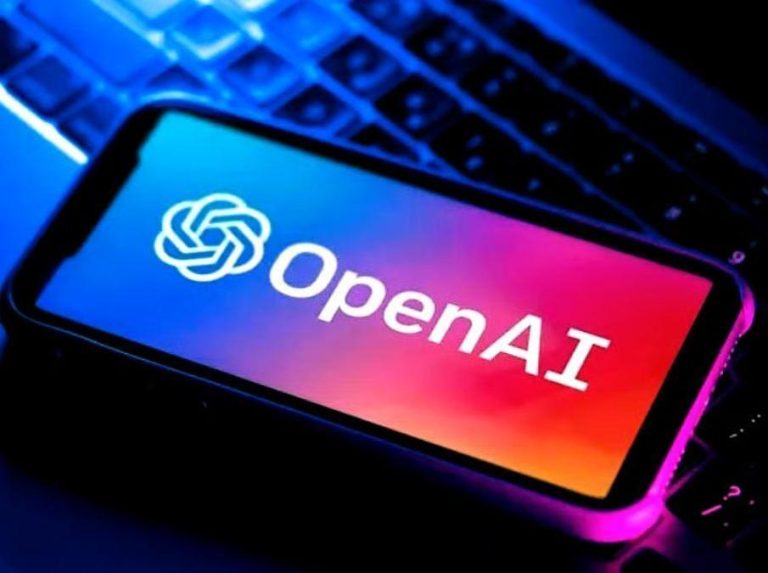
OpenAI Releases Downloadable AI Models for Public, Offline Use
In a groundbreaking move, OpenAI has released two AI models called gpt-oss-120b and gpt-oss-20b, allowing anyone to download and run the full models on their own computer. This decision marks a significant shift in the company’s approach to AI model sharing, as it allows individuals to control the models without needing internet access, expensive subscriptions, or even permission from OpenAI.
The release of these models is significant news for several reasons. First, it allows individuals to have complete control over the AI models, without relying on cloud services or online infrastructure. This means that users can run the models offline, without worrying about internet connectivity or data security concerns. Second, the release of the models is a testament to OpenAI’s commitment to transparency and openness in AI research. By making the models available for public use, OpenAI is democratizing access to AI technology, allowing anyone to experiment and innovate with AI.
The two released models, gpt-oss-120b and gpt-oss-20b, are variants of the popular GPT (Generative Pre-Trained) model. GPT is a type of transformer-based language model that is capable of generating human-like text based on input prompts. The models were trained on a massive dataset of text and are capable of generating text, translating languages, and even answering questions.
The gpt-oss-120b model is a larger variant of the GPT model, with 120 billion parameters, making it one of the largest language models ever released. This model is capable of generating highly accurate and coherent text, making it suitable for applications such as content generation, language translation, and text summarization.
The gpt-oss-20b model, on the other hand, is a smaller variant of the GPT model, with 20 billion parameters. This model is still capable of generating high-quality text, making it suitable for applications such as chatbots, language translation, and text completion.
The release of these models is significant for several reasons. First, it marks a shift in the way AI models are shared and used. Historically, AI models have been shared through cloud services or online platforms, which can be expensive and require significant computational resources. The release of these models allows individuals to download and run the models on their own computers, without relying on cloud services.
Second, the release of these models is a testament to OpenAI’s commitment to openness and transparency in AI research. By making the models available for public use, OpenAI is allowing researchers and developers to experiment and innovate with AI, without relying on proprietary technology or expensive subscriptions.
Finally, the release of these models marks a significant milestone in the development of AI technology. The GPT model has been a game-changer in the field of natural language processing, and the release of these models is a testament to the rapid progress being made in AI research.
What does this mean for users?
The release of these AI models has significant implications for users. First, it means that individuals can now run AI models on their own computers, without relying on cloud services or online infrastructure. This allows for faster processing times, improved data security, and greater control over the models.
Second, the release of these models means that individuals can experiment and innovate with AI, without relying on proprietary technology or expensive subscriptions. This allows for greater creativity and innovation, as individuals can experiment with different models and applications.
Finally, the release of these models means that individuals can now access AI technology without needing to be experts in AI research or development. The models are designed to be user-friendly, making it easy for individuals to experiment and innovate with AI.
What are the implications for businesses?
The release of these AI models also has significant implications for businesses. First, it means that companies can now use AI technology to automate tasks and processes, without relying on cloud services or online infrastructure. This allows for greater efficiency and productivity, as companies can now process data and generate insights in real-time.
Second, the release of these models means that companies can now experiment and innovate with AI, without relying on proprietary technology or expensive subscriptions. This allows for greater creativity and innovation, as companies can experiment with different models and applications.
Finally, the release of these models means that companies can now access AI technology without needing to be experts in AI research or development. The models are designed to be user-friendly, making it easy for companies to experiment and innovate with AI.
Conclusion
The release of the gpt-oss-120b and gpt-oss-20b models by OpenAI is a significant milestone in the development of AI technology. The models allow individuals to download and run the full models on their own computers, without relying on cloud services or online infrastructure. This marks a shift in the way AI models are shared and used, and has significant implications for users and businesses.
The release of these models is a testament to OpenAI’s commitment to transparency and openness in AI research, and allows individuals to experiment and innovate with AI, without relying on proprietary technology or expensive subscriptions. As AI technology continues to evolve, the release of these models is a significant step towards democratizing access to AI technology, and will likely have a profound impact on the way we use and interact with AI in the future.






